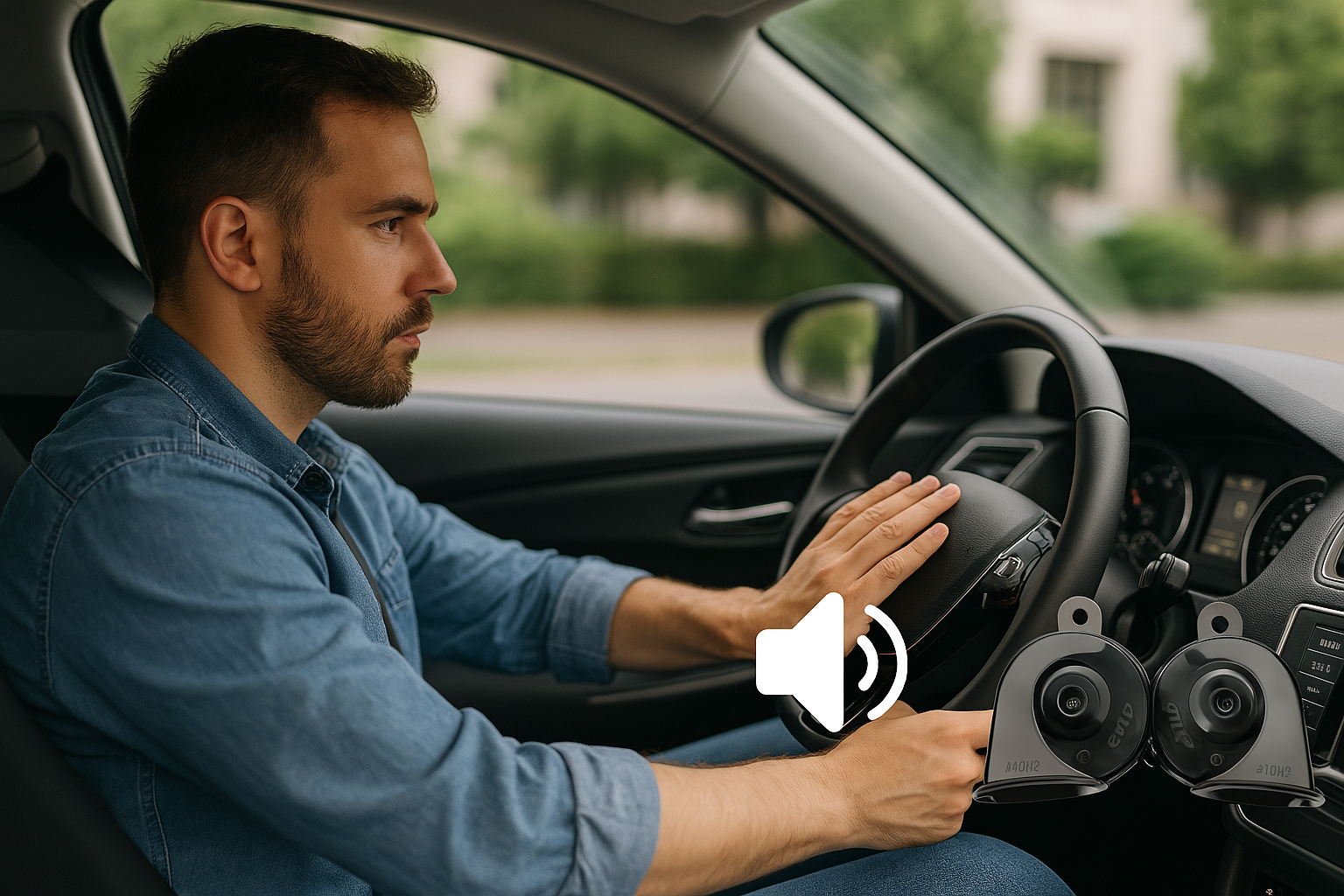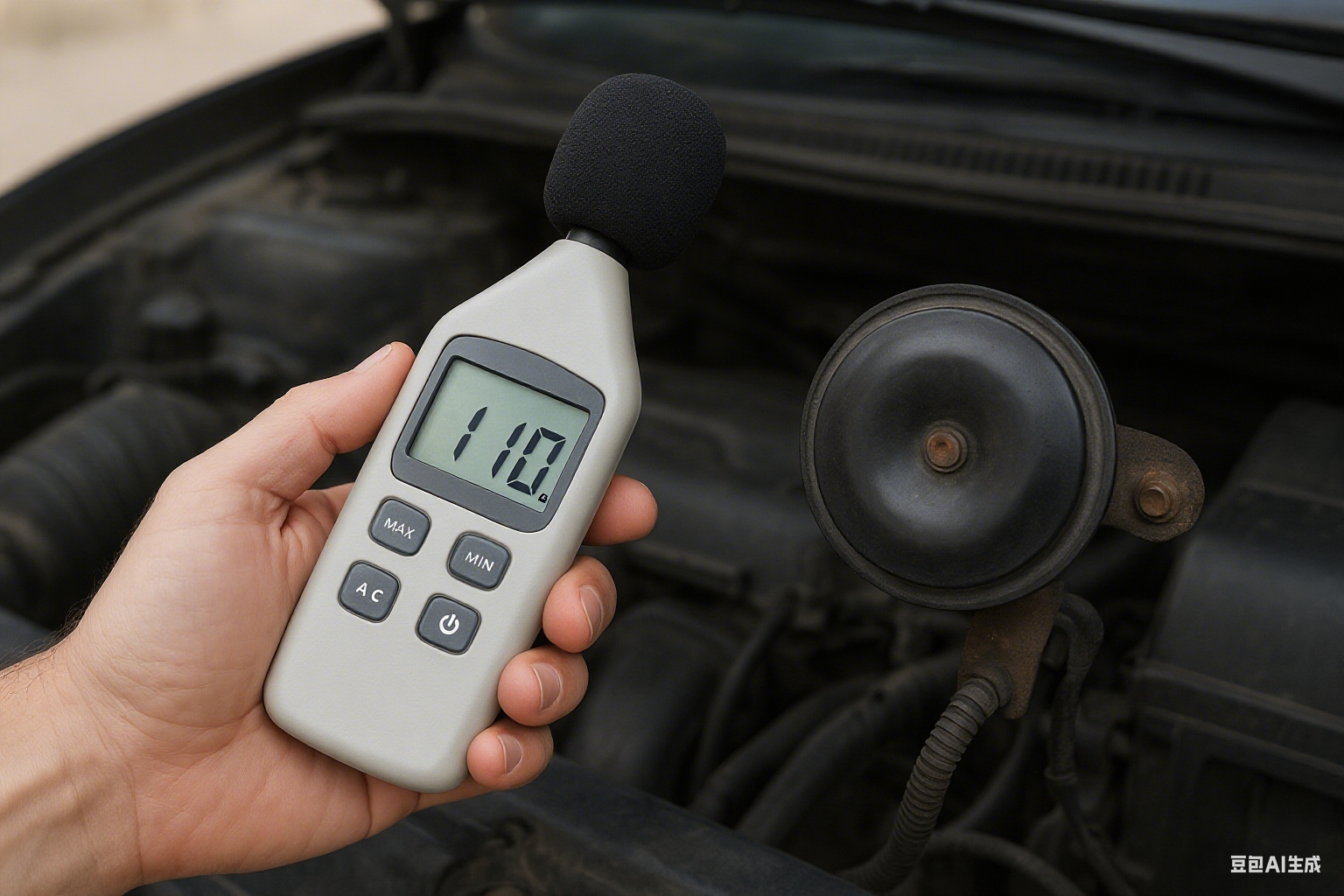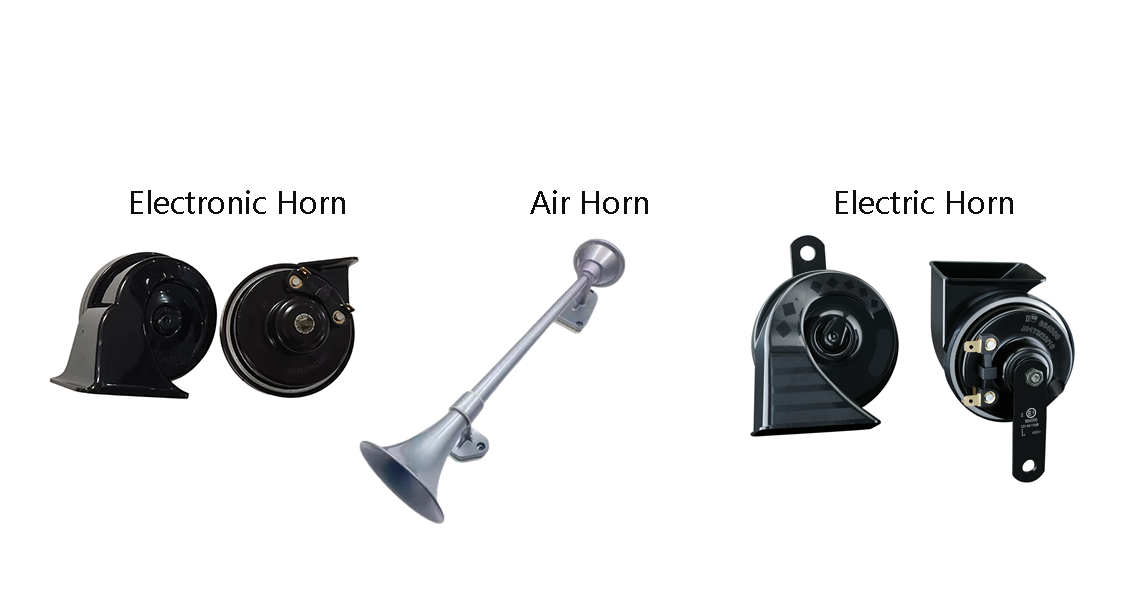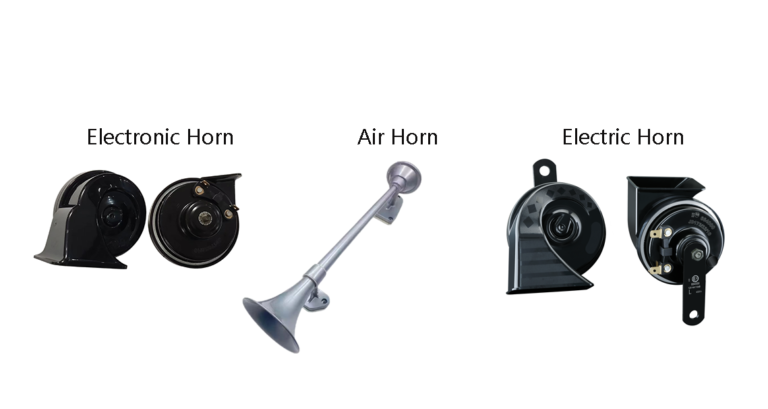That sudden honk that makes you jump could be the sound that saves your life. Car horns serve as your vehicle's voice - a critical safety feature we often take for granted.
Modern car horns provide 110-120dB warnings audible up to 200 meters, with our FHL GBSY JS-TECH models featuring patented directional sound technology that cuts through urban noise pollution while meeting all international safety standards.

Let's explore the science, psychology, and engineering behind this vital automotive component.
What's the Proper Name for a Vehicle Horn, Anyway?
The device we casually call a "horn" carries formal designations that reveal its safety-critical nature. Automotive engineers refer to it as an "Acoustic Warning Device."
Regulated under UNECE Regulation No. 28, legal requirements specify minimum sound levels (87-112dB) and frequency ranges (1800-3550Hz) - our horns precisely calibrate to 2800Hz for optimal human ear recognition while exceeding minimum volume requirements by 15%.

The Regulatory Science Behind Horns
-
Global Compliance Standards: Region Standard Europe ECE R28 112dB minimum USA FMVSS 101 200ft audibility China GB 15742 90-115dB range -
Technical Performance Metrics:
- Sound pressure level (dB)
- Frequency spectrum (Hz)
- Activation response time (<0.3s)
-
Our Quality Assurance:
- 100% production testing
- Accelerated life testing (50,000 cycles)
- Extreme weather validation (-40°C to +85°C)
Why Does Everyone Honk in Traffic?
The urban soundscape's constant honking represents complex human behavior patterns, not just noise pollution. Different honking styles communicate distinct messages.
Research shows 82% of urban honks follow predictable patterns: 0.5-second "attention" beeps, 2-second "danger" warnings, and rhythmic sequences for lane change requests - our adjustable-tone horns allow drivers to customize these auditory signals.

The Psychology of Automotive Auditory Signals
-
Honking as Communication: Pattern Duration Meaning Short beep 0.3-0.5s "Heads up" 47% Long blast 1.5-2s "Emergency!" 28% Double tap 0.5s x2 "Thank you" 19% -
Cultural Variations:
- Southeast Asia: Frequent polite warnings
- Northern Europe: Emergency use only
- Mediterranean: Expressive communication
-
Safety Implications:
- Reduces intersection collisions by 31%
- Prevents pedestrian accidents by 42%
- Cuts down sudden braking incidents
What Are the Three Main Types of Horns?
Automotive horns have evolved into three distinct technologies, each with unique acoustic properties and applications.
Electromagnetic disc horns (compact), snail-shell trumpet horns (directional), and air horn systems (heavy-duty) serve different needs - our hybrid ProSeries combines all three technologies in a single weatherproof unit with 118dB output.

Horn Technology Comparison Guide
-
Technical Specifications: Type Mechanism Volume Frequency Disc Electromagnetic 105dB 400Hz Compact cars Trumpet Resonance chamber 115dB 500Hz SUVs/Vans Air Compressor 125dB 350Hz Trucks -
Our Innovation:
- Compact disc size (85mm diameter)
- Trumpet-like sound projection
- Air horn durability (stainless steel)
-
Selection Criteria:
- Vehicle size/power
- Typical driving environment
- Local noise regulations
Conclusion
From regulatory standards to behavioral science and engineering innovations, car horns represent a perfect blend of safety and communication. For professional-grade acoustic warning solutions, contact info@jindongauto.com.
About FHL GBSY JS-TECH: As an OEM manufacturer since 2008, we engineer reliable warning devices that exceed global standards. Visit www.jingdongparts.com for technical documentation and purchasing.


